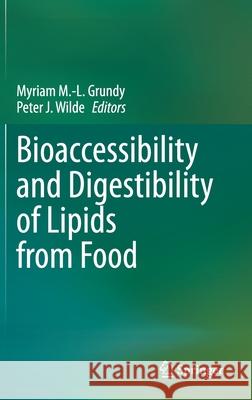Bioaccessibility and Digestibility of Lipids from Food » książka
topmenu
Bioaccessibility and Digestibility of Lipids from Food
ISBN-13: 9783030569082 / Angielski / Twarda / 2021 / 231 str.
Bioaccessibility and Digestibility of Lipids from Food
ISBN-13: 9783030569082 / Angielski / Twarda / 2021 / 231 str.
cena 685,93
(netto: 653,27 VAT: 5%)
Najniższa cena z 30 dni: 655,41
(netto: 653,27 VAT: 5%)
Najniższa cena z 30 dni: 655,41
Termin realizacji zamówienia:
ok. 22 dni roboczych.
ok. 22 dni roboczych.
Darmowa dostawa!
Kategorie:
Kategorie BISAC:
Wydawca:
Springer
Język:
Angielski
ISBN-13:
9783030569082
Rok wydania:
2021
Wydanie:
2021
Ilość stron:
231
Waga:
0.51 kg
Wymiary:
23.39 x 15.6 x 1.42
Oprawa:
Twarda
Wolumenów:
01
Dodatkowe informacje:
Wydanie ilustrowane











